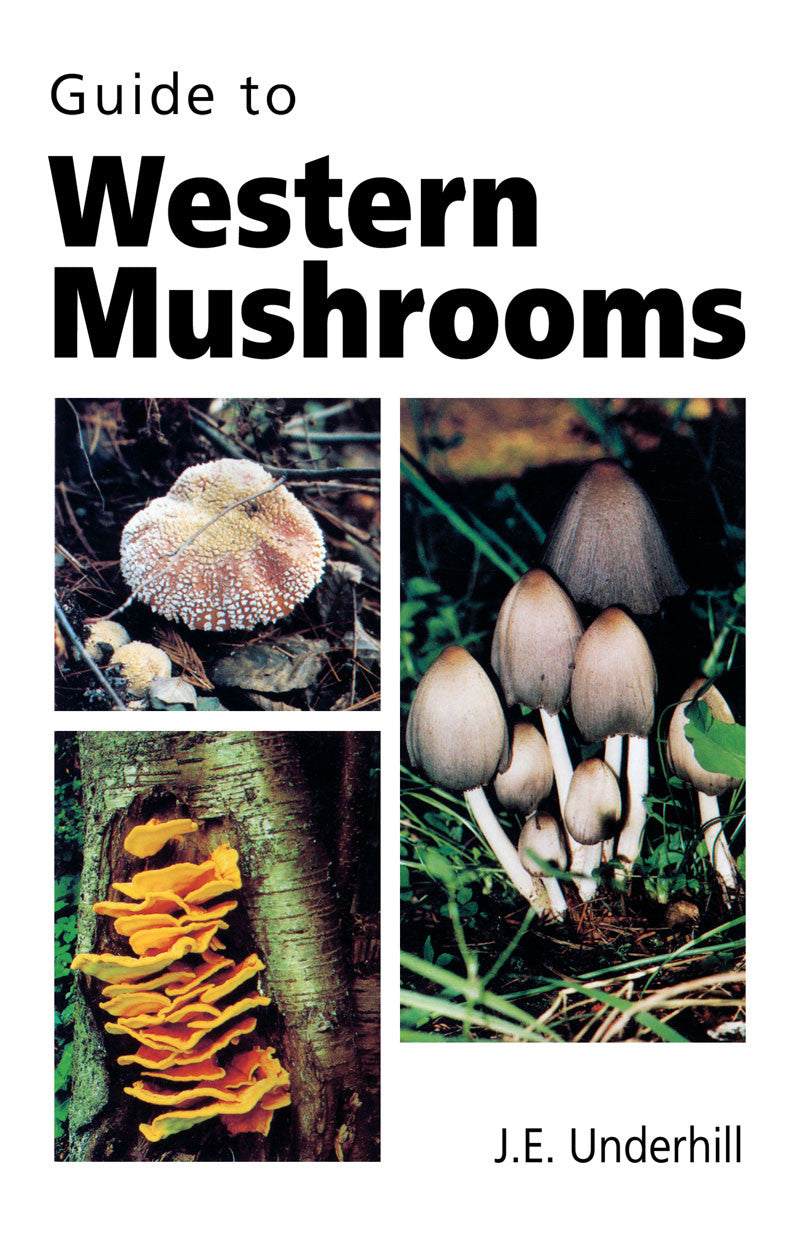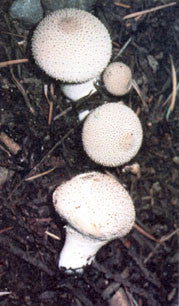






Guide to Western Mushrooms
Details
By: Underhill, J.E. (Ted)
ISBN: 978-0-88839-031-8
Binding: Trade Paper
Size: 8.5" X 5.5"
Pages: 32
Photos: 59
Publication Date: 2022 Reprint
Description
Mushrooms have attracted and intrigued mankind through the ages. Their hallucinogenic properties of others, contrasting so sharply with the delicious flavors that certain wholesome varieties bring to our tables, all lead us to view these strange plants with special curiosity and wonder. Most people seem to want to know first if a strange mushroom is edible or dangerous. This small book is a guide to some of the most common mushrooms of the Pacific Northwest, and it identifies some of these as safe varieties for the beginner to eat. It also tries to go beyond that to generate awareness of the various vital roles the mushrooms play in the community of life and to spark an interest in their fascinating variations and adaptations.
The full story of the importance of mushrooms in the plant world is far from being understood today, and only a little of it can be stated here. The mushrooms that you see is a 'fruiting body', roughly equivalent to the fruit of other plants. The vegetative part of the mushroom plant is a thready mass hidden within the material it feeds upon - a log, cow dung, buried wood, an insect pupa or whatever. Mushrooms do not contain or need green chlorophyll, the substance which, in higher plants, captures the energy of sunlight to create biological energy. Mushrooms, like all the great groups of fungi to which they belong, get their energy second-hand.
Many form beneficial partnerships with the trees of our forests and are essential to their well-being. No mushroom is either good or bad in the natural community of life.
Author Biography
J.E. Underhill is a self-taught naturalist with many years of experience and special interests in the world of plant life. In 1958 he joined the British Columbia Provincial Parks Branch as their first permanent naturalists, and his work in this field has kept him in touch with a wide variety of natural history subjects. Ted Underhill is best known for his first book, Wild Berries of the Pacific Northwest.